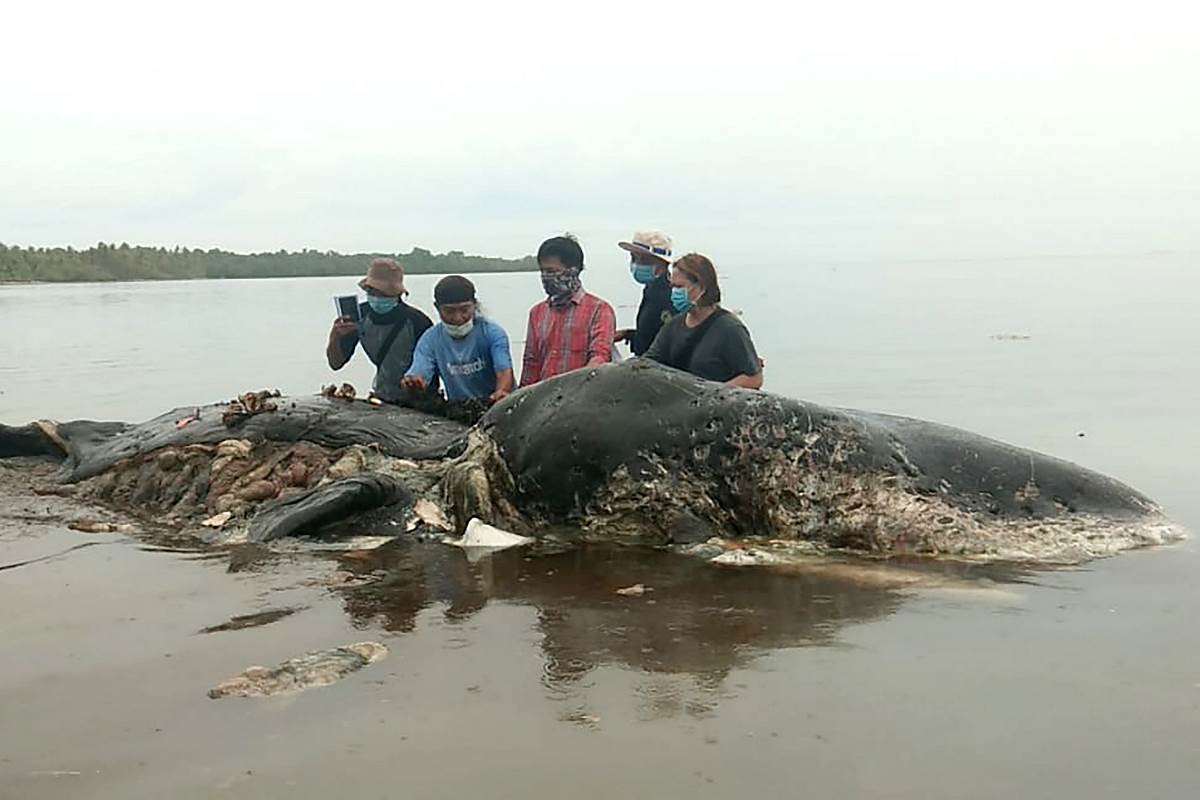ASEAN is once again in the spotlight for all the wrong reasons, this time after the newly formed Alliance to End Plastic Waste (AEPW) singled out the region for its disproportionate contribution to plastic waste in the environment – especially the ocean.
Approximately eight million tonnes of plastic enters the oceans every year – and there may already be 150 million tonnes of it based on estimated leakages per year since 1950. Advocacy group Ocean Conservatory stated that nearly 80 percent of plastic waste in the ocean begins as litter on land – and that over 90 percent of river borne plastic found in the ocean comes from 10 major rivers around the world, eight are in Asia.
With the region among the worst ocean polluters, the AEPW – which was formed last month by 30 giants of industry across the plastics and consumer goods value chain – have promised to fund various programmes to reduce plastic waste in Southeast Asia.
Excessive plastic use and inefficient waste collection and recycling have been among Southeast Asia’s biggest environmental problems. A 2017 report by Ocean Conservancy stated that China, Indonesia, the Philippines, Thailand, and Vietnam have been dumping more plastic into the ocean than the rest of the world combined. Source: Less Plastic UK
Source: Less Plastic UK
The large concentration of plastic waste in Southeast Asia is due to the lack of investment in waste management infrastructure, and the APEW aim to change that by channelling funds to counter the problem – promising to create a circular economy for plastics with part of their initial global investment of US$1 billion.
“If you’re working on the ground in South and Southeast Asia, or wherever plastic pollution is happening, and you try to talk about solutions, the biggest question that always comes up is ‘who is going to pay for it?’,” said Rob Kaplan, founder and chief executive officer of Circulate Capital – a company working with the AEPW to fund entrepreneurship in collection and processing sites for recycling plastic waste.
Partnering with Ocean Conservatory, Circulate Capital wants to move plastic waste out of the environment and into the recycling value chain by targeting five countries – India, Indonesia, the Philippines, Thailand and Vietnam – which have been replacing China as the world’s dumping ground for solid recyclable waste.
The world’s new dumping ground
A Chinese ban on waste imports at the start of 2018 disrupted an industry that handled more than seven million tonnes of plastic waste annually. Malaysia took over China’s mantle and imported 456,000 tonnes of plastic waste from January to July 2018 – in stark contrast to the 168,500 tonnes it imported in 2016 and 316,600 tonnes in 2017, respectively.
The world's top exporter of plastic waste, the United States (US) sent 178,238 tonnes of its plastic waste to Malaysia between January and July 2018 according to the United Nations (UN) and the Institute of Scrap Recycling Industries. This amount is nearly twice as much as the US sent to Thailand, its second top destination for plastic waste.
Analysis of US trade data by Unearthed, Greenpeace UK’s journalism arm, showed that a surge in scrap imports led to nearly half of US plastic waste – which was normally sent to China – shift to Malaysia, Thailand and Vietnam in the first six months of 2018.
Southeast Asia is waking up though, and Malaysia last year issued a permanent ban on the import of plastic waste and announced it will be phasing out the import of other types of plastic by 2021. Vietnam has banned the issuance of licences for the import of plastic waste and Thailand will also stop plastic waste imports by 2021.
‘Stop dreaming and start reducing’
Despite Southeast Asia being guilty of dumping plastic waste in the ocean, industries also have to shoulder their fair share of the blame for their lack of eco-friendly manufacturing processes.
Formed by some of the world’s biggest companies such as Shell, Dow, Procter & Gamble and Reliance Industries, critics have blasted the AEPW’s motives and argue that their efforts would be better placed in reducing plastic use and waste in general from their manufacturing and supply chain processes.
“The industry coalition’s promise to solve the plastic pollution crisis with waste management and clean-up is a nice dream, but it’s not sufficient to solve the plastic problem,” said Jacqueline Savitz, chief policy officer of ocean advocacy group, Oceana in a statement last month.
“Companies that make and use single-use plastic need to act now by prioritising the only guaranteed tool – plastics use reduction – and consumers should demand that these companies turn the tide by significantly scaling back their unnecessary use of single-use plastic.
“It’s time for those responsible for the problem to stop dreaming and start reducing.”
Related articles:
Can dress rentals save the fashion industry?
China’s solid waste ban clogs Southeast Asia
